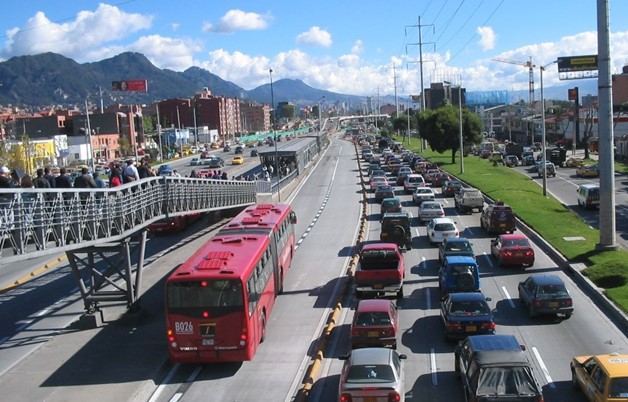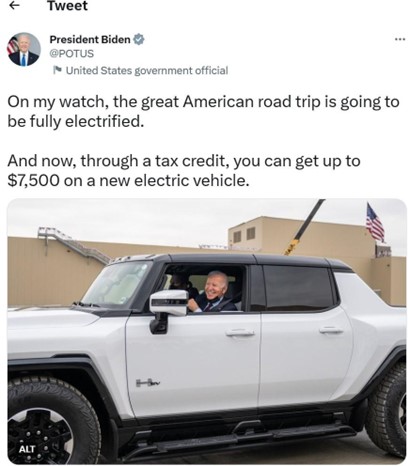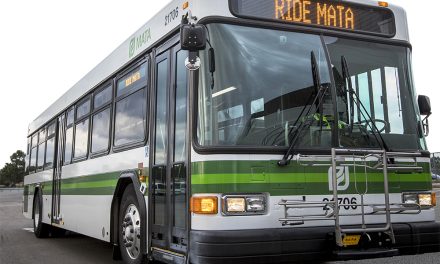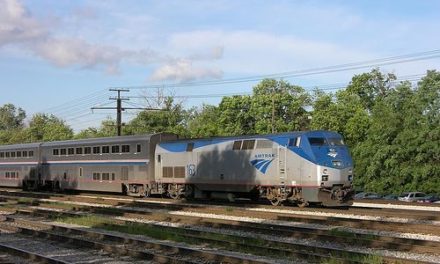By Owen Traw
We don’t need any more scientific proof that we are fast approaching the point of no return with regard to the destruction of our planet. It’s a fact. It’s also a fact that cars are one of the driving (haha) forces behind this destruction. I’m writing this as I sit in standstill traffic while on a bus from Portland to Seattle, surrounded by private automobiles and idling carbon emissions, wondering what sort of transportation policy could prevent this. Anyone who makes this commute knows that traffic near Tacoma is far from uncommon, and that car travel obviously isn’t that convenient in this situation; there are thousands of mostly empty cars captained by probably grumpy people who are most likely wishing on a star just to escape this traffic. And yet, despite the agony that is standstill traffic, public officials somehow neglect alternate forms of transportation to the point that enough people find standstill traffic preferable to whatever else they could choose to get to their desired “point B.” This is a nationwide problem.
My mind keeps going to a relatively simple solution: bus-only lanes on the freeway. And no, I don’t mean widen the freeway to add a bus-only lane. I mean take a lane (while we’re at it, why not two! Or four!) from drivers.
The benefits aren’t hard to imagine. First, it would incentivize riding the bus and, importantly, disincentivize driving a car. I’m sure we could all agree that skipping traffic is an attractive thought. It’s always fun, for example, to watch the MAX light rail in Portland zip past all the cars that are stuck in traffic on I-84. So why can’t buses do the same? If driving a car is faster than taking the bus, people certainly won’t take the bus if they have the option not to. TriMet (Portland’s Memphis Area Transit Authority), recently launched a Frequent Express bus service which has bus-only lanes and comes every 12 minutes to help bus riders skip traffic. 12 minutes is less than ideal, but good by American standards, and undoubtedly a step in the right direction. TransMilenio of Bogota, Colombia has a world-renowned Bus Rapid Transit (BRT) system that features plenty of bus-only lanes. Notably, these BRT lanes usually run in the center of major freeways, separated from other traffic. Just look at this bus lane, separated from what looks like standstill car traffic, with a large, covered, and apparently busy bus station:
I’m back in Memphis now, and this ice storm only further highlights the dangers of
car-dependency. Memphis has plenty of freeways that are… wider than they need to be. There are also plenty of quasi-highways that cut across the city, such as Union Avenue, which, as I wrote in October 2022, was recently singled out as the national example of what not to do in street design. Bus-only lanes could give Memphis the chance to change its urbanism narrative. So why not repurpose some of Memphis’ vast amount of car-allocated space for something that mimics Bogota’s BRT system? Let’s look at Bogota’s BRT system and why it could be a good example for Memphis:
In 1997, Bogota’s Mayor, Enrique Peñalosa, opted to build BRT because it provides many of the benefits of a rail system, but costs significantly less. As of 2017, 69% of Bogota’s population used TransMilenio to get around. That’s a huge number. If Memphis had that same share of transit users, roughly 440,000 Memphians would rely on transit, according to some math I did based on U.S. Census data. In April 2021, MATA served just under 200,000 passengers over the course of the month, most probably being repeat riders. According to this 2015 article, TransMilenio sees 2,400,000 riders daily. An objector might be quick to say that this would be a huge financial undertaking. To them I would reply that where there is political will, there is a way. In other words, there’s a lot of money in politics to kickstart a robust BRT system, which, if done right, will pay for itself; TransMilenio doesn’t just scrape by, it actually makes money because Bogota’s commitment to a reliable, frequent transit service encourages people to actually use it. Bogota is a much more populous city than Memphis, but the proportional difference in transit mode share makes one thing clear: Memphis needs political will to depart from auto-centric planning, and Bogota has it.
Like most things in urbanism, good transit, or the lack thereof, is an equity issue. I wrote about this in October 2022, so to avoid being a broken record, I won’t go into too much detail here. But it costs a lot of money to own a car. And that’s why public transit is so important for the economic mobility of people with lower incomes. According to a 2021 MLK50 article, MATA data show that 71% of its riders are from households earning less than $20,000. Taking public transit is without a fraction of a doubt less costly than owning and maintaining a car, but owning a car in Memphis is without a fraction of a doubt more convenient than taking public transit. Memphis’ car-dependency directly reinforces economic inequality. And the process by which it does this isn’t complicated:
1) People with lower incomes, just like everybody else, need a way to get around. 2) A car is prohibitively expensive. 3) Public transit in Memphis is prohibitively horrible at moving people around. 4) People with lower incomes have to make prohibitively expensive purchase. See the problem?
Planning for cars instead of for people has run its course. We need to see the political will from our leaders to attack the parasite that is car-centric planning. Let’s check how that’s going at the federal level….
Oh. Not well, apparently.
In the absence of strong federal leadership, Memphis leaders have a chance to build a more equitable and green Memphis. But the clock is ticking, and it has been for quite a while now. It’s time to get to work.
Owen Traw is a student at Rhodes College studying urban studies, philosophy, and Spanish. He grew up in Portland, OR, loves cities, and is interested urban policy and activism.






